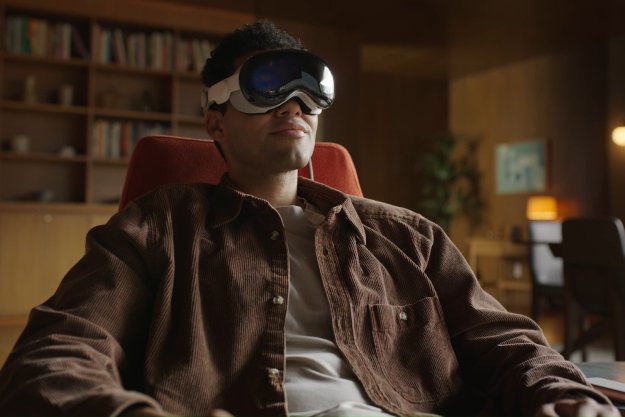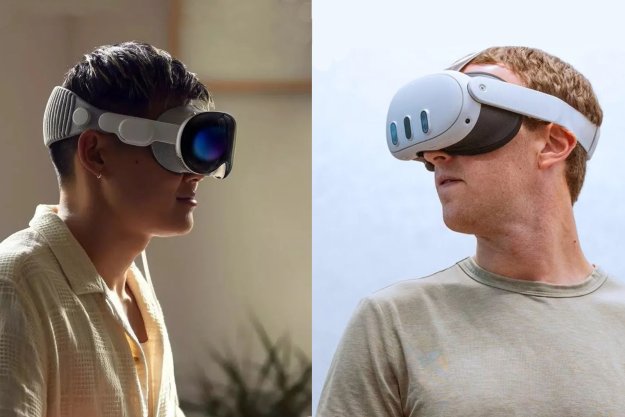
2023 was the year the world at large was introduced to the term spatial computing. Even though Apple didn’t invent the term, its use of it while announcing the Vision Pro instead of “mixed-reality” or “augmented reality” was notable.
In short, a spatial computer is a new type of device with a wearable display, the ability to sense the surrounding area, and a user interface based on the wearer’s hands, eyes, and voice instead of a traditional screen. But Apple is hardly alone in its pursuit. 2023 saw some huge releases from major players in the game, pushing this technology to places it’s never been before, but it will only get bigger in 2024.
Spatial computing in 2023
As we approach the end of 2023, let’s review several devices that almost qualify as spatial computers but fall short of replacing your laptop or revolutionizing computing. AR and VR headsets that include hand-tracking and some form of computer vision are intriguing but ultimately aren’t practical enough for most people. AR glasses and smart glasses are much more inviting due to their relatively small and light form but lack complete spatial computing features.
AR headsets
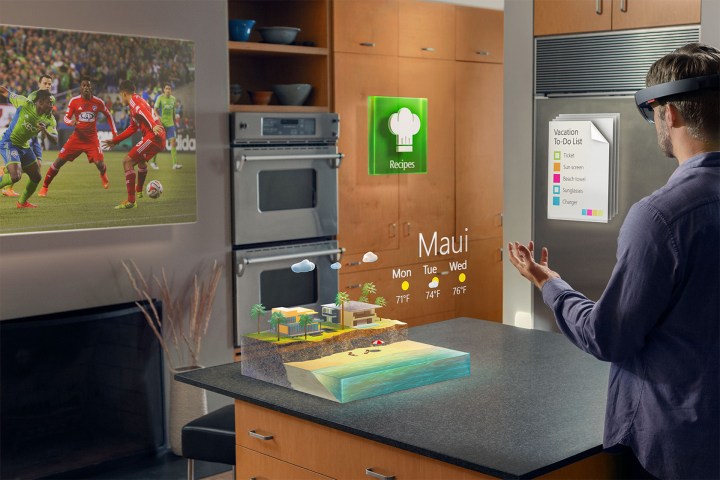
AR has the advantage of the best mixed-reality view since the wearer can look through the lenses to see the real world. Your surroundings will be as sharp as your natural vision, though possibly dimmer, with projected graphics overlaid.
AR headsets, as opposed to AR glasses, have more sensors and associated bulk. The extra hardware enables the sort of AR we’ve come to expect from watching movies. The technology is still in the early stages, so there’s a tradeoff between capabilities and comfort.
Microsoft’s HoloLens is an AR headset that launched in 2016. It features a transparent visor that projects graphics onto a small rectangle that occupies only 30 degrees of your field of view (FoV). Despite being spatially aware and using a gesture interface, the small display was too restrictive.
In 2019, the HoloLens 2 increased the FoV to a more useful 50 degrees and used a faster processor to make everything run smoother. The weight is about a pound, but the headset is well-balanced, allowing a few hours of comfortable use.
Unfortunately, the $3,500 to $5,200 pricing keeps this AR headset firmly planted in the enterprise category. The HoloLens 3 never arrived, and Microsoft seems to have lost momentum on this project.
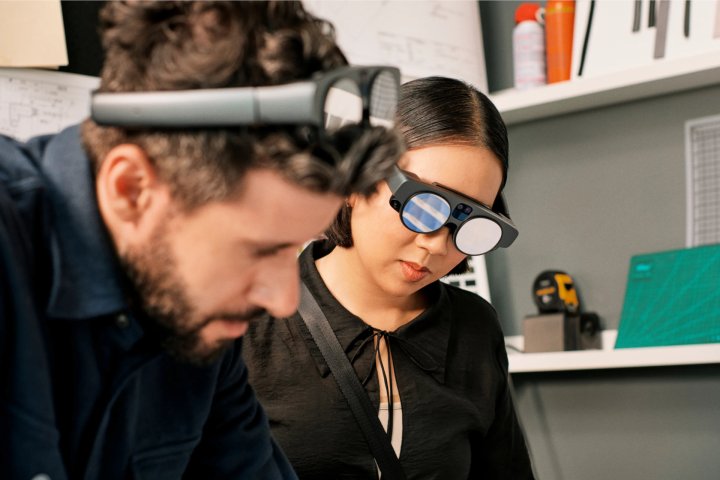
After years of teasing, Magic Leap launched in 2019 as a good HoloLens alternative. The second-generation AR headset arrived in 2022 with higher resolution, a wider FoV, less weight, and more powerful processing. Still, pricing of $3,200 to $5,000 and a lack of consumer-oriented software make this another enterprise headset.
At the moment, you won’t want an expensive yet limited AR headset as a spatial computer, and this approach seems to have lost favor in the industry.
AR glasses

The long-term goal of any company researching spatial computing is to create a pair of seemingly ordinary glasses that provide a large virtual display, computer vision, mobile internet, and a gesture-based user interface. These devices will someday replace your TV, laptop, tablet, phone, and watch.
Technology hasn’t caught up to that dream yet. Manufacturers are designing the best solutions for enterprise users, but the latest smart glasses have some AR features to give us a glimpse of what’s coming next.
Leading the way, Xreal’s Air and Air 2 glasses come with Nebula software that provides multiple virtual screens when connected to a compatible computer or Android phone. TCL’s RayNeo Air 2 and Rokid’s Max glasses have similar solutions that work with Android. These wearables are easily accessible examples of how spatial computing can work in glasses.
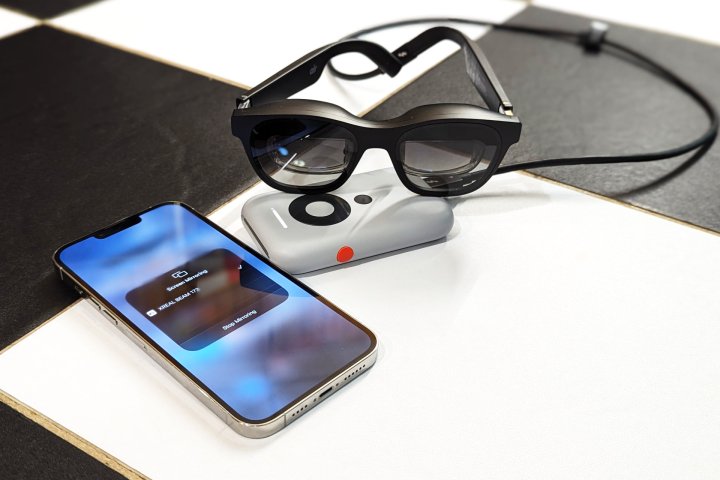
These aren’t complete solutions, however. You need to connect to a computer for the best experience. The phone apps only provide multiple windows when using a browser, and you still need to use the phone as input.
Other issues include a limited FoV of about 50 degrees and the lenses making your surroundings darker. Smart glasses don’t have the sensors and processors needed to become true AR glasses yet. They’re primarily TV or monitor replacements, satisfying one of the goals of spatial computing and teasing other capabilities that are yet to arrive in consumer solutions.
With weight about twice that of sunglasses and 1080p resolution, they aren’t for everyone. You don’t get an AR headset’s hand-tracking, voice control, or computer vision capabilities, but this is a big leap in functionality for about $400.
VR headsets

Even the best VR headsets entirely block your view of the real world, but mixed reality technology simulates AR. Your surroundings are captured with external sensors and cameras, and the headset reconstructs a stereoscopic view with overlaid graphics.
The result is a display that nearly fills your view, a much more immersive feeling than current AR headsets and smart glasses. Since VR headsets are larger, there’s enough room for multiple tracking cameras, sensors, and on-board computers that are powerful enough to be useful for spatial computing.
Virtual reality has been around for decades, but the technology has only recently reached a level of realism that will satisfy most of us. The 2020 Quest 2 has reigned supreme as the most popular headset for many years. Meta has refined and optimized the operating system to keep the aging headset relevant.
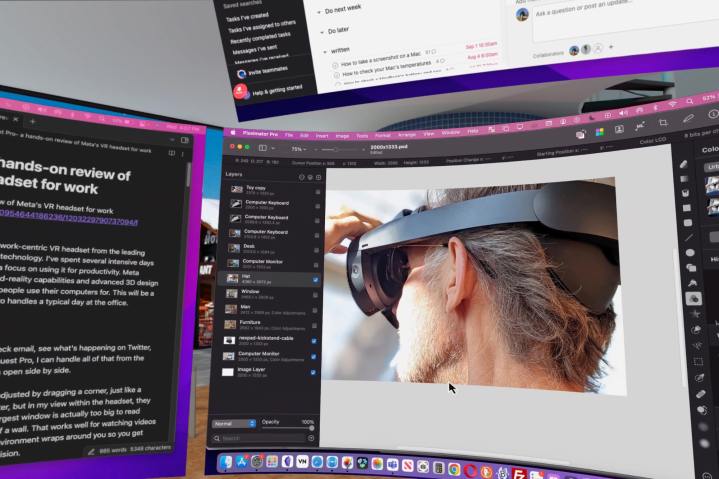
Late 2022 brought the Quest Pro with a slightly better processor and added color passthrough for improved mixed reality. Meta described this headset as a “whole new way to work, create and collaborate.” While true, there are only a few native productivity apps, leaving web apps, VR meetings, and 3D modeling as the best use cases.
HTC offers a solution similar to Meta’s Quest Pro, the Vive XR Elite, but productivity software is even more limited in the smaller VivePort app store.
2023 saw the launch of the much improved Meta Quest 3, which matches or exceeds the performance of a flagship phone while providing impressive mixed-reality views and greater resolution. This combination creates an experience that approaches the realism needed for comfortable daily use in spatial computing.
Even with the improvements in Quest 3, working in VR still requires the use of web apps for most computing needs, requiring a computer connection to fill the gaps in software and capabilities.
Spatial computing in 2024
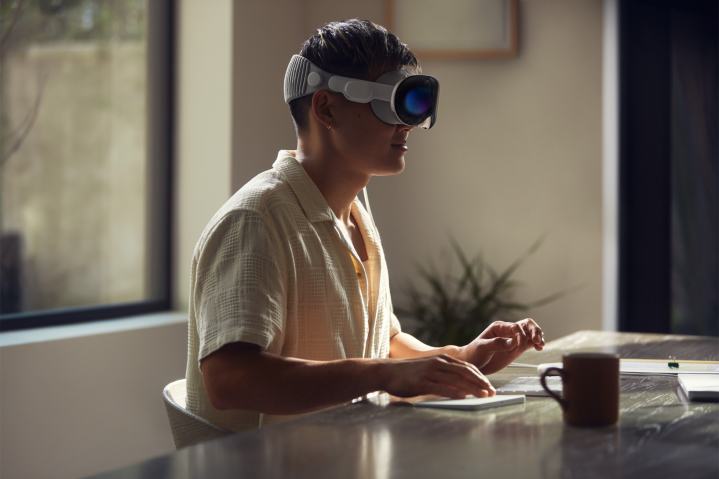
The biggest spatial computing news of 2024 will certainly be Apple’s Vision Pro, which arrives as early as February. It’s an intriguing device, not simply because it’s the first head-mounted display from Apple. The Vision Pro’s 4K-per-eye display sets a new standard for virtual reality.
The mixed reality passthrough is reportedly the best ever seen by the lucky few who tried it at the 2023 Worldwide Developers Conference. Apple gave the Vision Pro the same M2 chip used in Mac computers, so it will be the first high-performance standalone VR headset capable of competing with PCVR systems.
That doesn’t mean it will bring a revolution in the industry. The Vision Pro’s $3,500 price will limit its impact. Even XR enthusiasts will be hesitant to invest that much in Apple’s version of a VR headset. It’s a bit like Microsoft’s HoloLens, an exciting preview of future technology that’s largely inaccessible.
The most interesting developments will be competing solutions that attempt to offer alternatives. At Samsung’s Galaxy Unpacked event, the company teased a new XR device made with the help of Google and Qualcomm. The timing suggests the long-time rivalry between Apple and Samsung will expand beyond the phone, watch, and tablet into spatial computing in 2024.
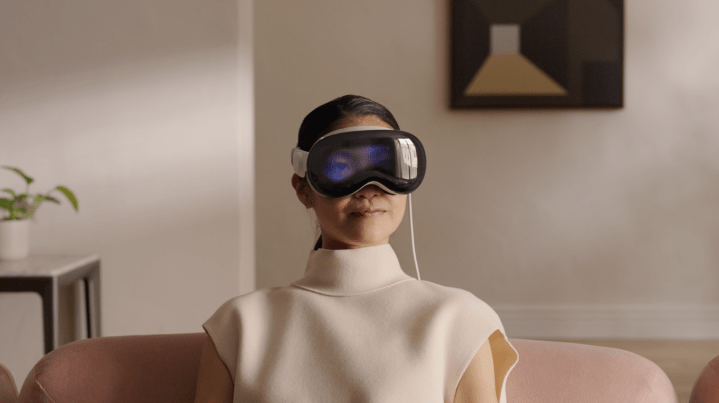
Samsung often takes a head-on approach, directly addressing Apple’s hardware and software features with similar solutions. Meta might join in with an updated Quest Pro with higher-quality displays, a faster processor, and possibly a version of the Vision Pro’s EyeSight display. Meta demonstrated a similar reverse passthrough solution in 2021, long before Apple revealed the Vision Pro’s ability to show your eyes.
Meanwhile, more competitors are lining up to participate with unique approaches to spatial computing at a much lower cost. The Immersed Visor sounds too good to be true with its 4K-per-eye resolution, plus hand-, head-, and eye-tracking in a headset that reportedly weighs about as much as your phone. It will use a fast Snapdragon XR2+ Gen 2 chip like Samsung’s Vision Pro competitor and is priced at $1,000.
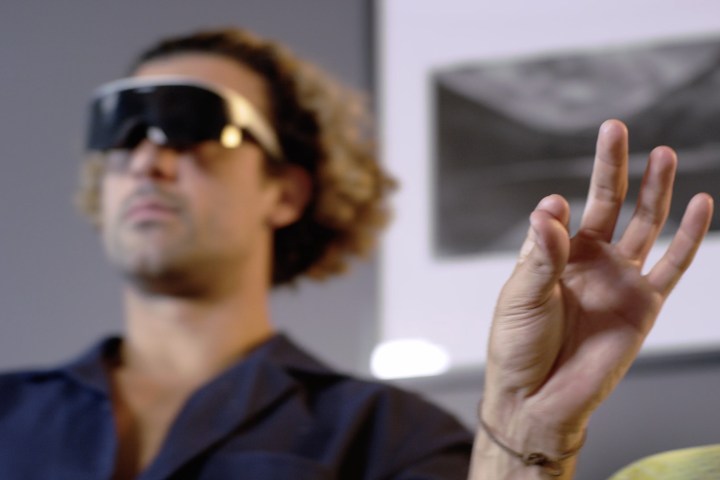
Leading smart glasses manufacturers, including Xreal, RayNeo, and Rokid, are developing XR glasses based on the latest advances in displays, cameras, sensors, and high-performance, low-power processors. While current models serve primarily as TV replacements, the next generation will offer AI enhancements, some computing capability, and interactivity.
It’s the perfect storm of opportunity with new XR technology arriving, the Meta’s Quest 3 creating interest in mixed reality, and Apple’s Vision Pro offering an intriguing glimpse at the potential of spatial computing. With prices ranging from $500 to $3,500, there’s plenty of room for growth and innovation in the marketplace.
Editors' Recommendations
- This new VR headset beats the Vision Pro in one key way and is half the price
- Apple’s Vision Pro could be coming to these countries next
- What’s behind customers returning their Vision Pro headsets?
- Vision Pro durability test turns up a few surprises
- Vision Pro headset proves buggy for prominent Apple tipster



